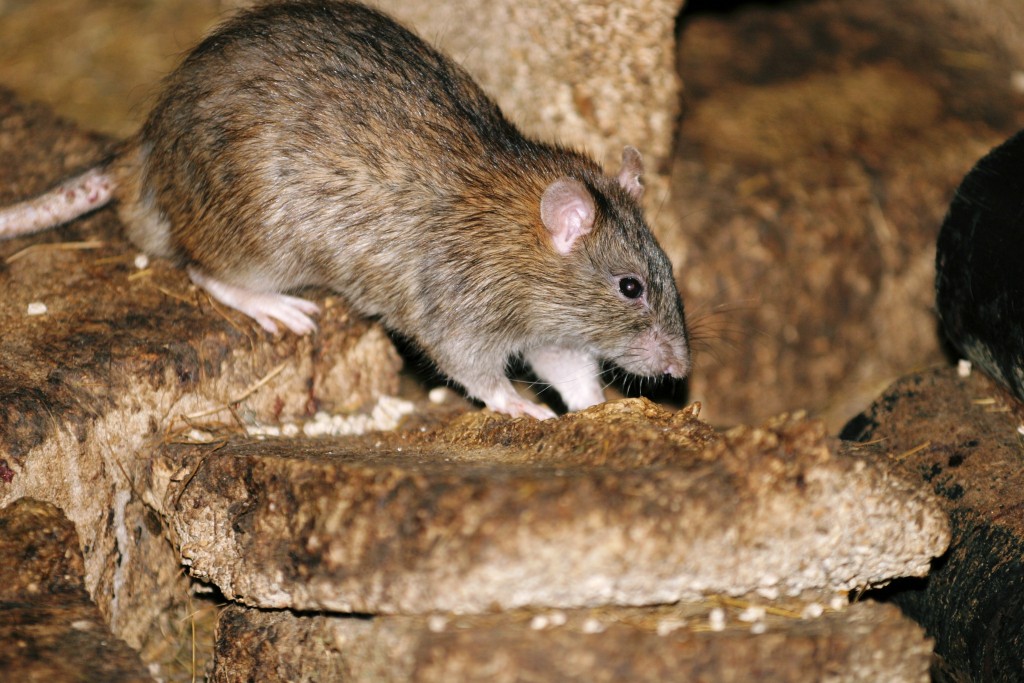The first UK Rodenticide Stewardship report says there is “considerable work” ahead for all three professional sectors of rodenticide users and that their commitment to the cause is critical for stewardship’s success.
The regime involves pest controllers, farmers, gamekeepers, the rodenticide supply chain and stakeholders and is charged with reducing rodenticide residues in non-target wildlife.
CRRU) chairman Dr Alan Buckle says: “If stewardship achieves its purpose, with compelling evidence that professional rodenticides can be used without unacceptable effects on the environment, the products will remain available for our use. Otherwise, we must anticipate further restrictions on where rodenticides can be used and by whom.”
As a pre-stewardship benchmark, a knowledge, attitude and practice (KAP) survey was conducted independently in 2015. This will be repeated periodically as a key element of the regime’s monitoring process, in conjunction with data on secondary poisoning, point-of-sale monitoring, training uptake, user competence and rodenticide resistance.
Highlights from the 2016 annual report include:
- Publications: Code of best practice for rodent pest management; detailed guidance on permanent baiting; updated environmental risk assessment guidelines with client service pro-forma.
- Proof of competence: Audit of certifications/qualifications; review of farm assurance schemes for equivalence to certification of competence.
- Product regulation: Orderly and timely transition from old scheme to new one based on ‘stewardship conditions’ product labels.
- Point of sale: Procedures to check purchaser competence at outlets supplying professional rodenticide products for use outdoors.
- Surveys: 2015 KAP; baseline of rodenticide residues in barn owl livers, and breeding parameters in selected owl populations.
The report can be downloaded from www.thinkwildlife.org where details of the UK Rodenticide Stewardship Regime are also available.
Image: PelGar International


